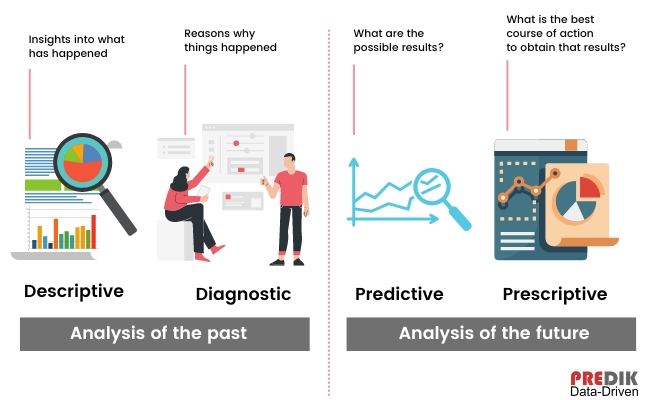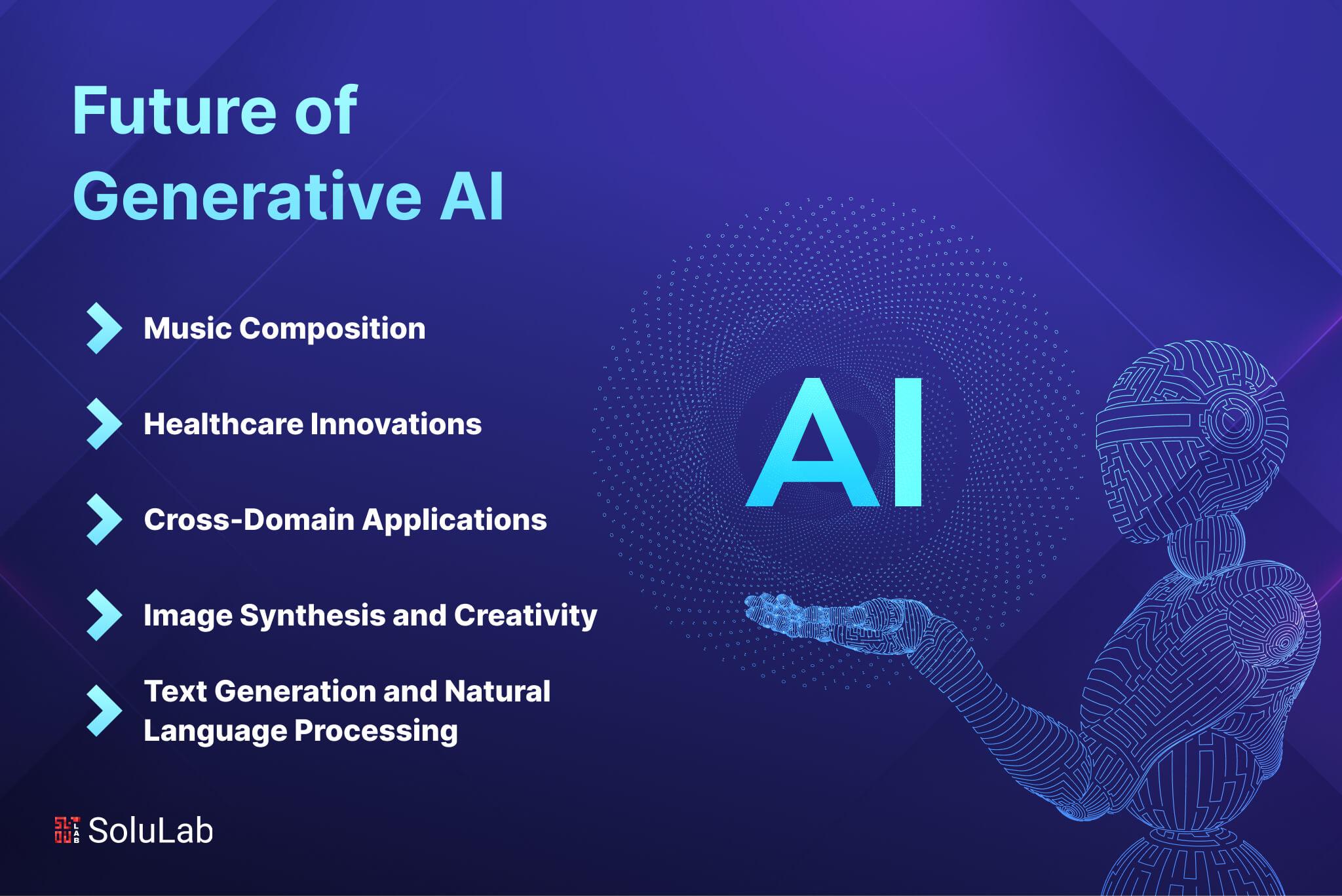Revolutionizing Finance: 3 Ways Generative AI Will Transform Banking
In an era defined by technological innovation, the banking sector stands at the cusp of a monumental shift. As financial institutions grapple with the complexity of evolving customer expectations and the increasing demand for efficiency, generative AI emerges as a powerful ally poised to redefine the landscape of banking. From automating mundane tasks to crafting personalized financial experiences, the potential applications of this cutting-edge technology are as vast as they are transformative. In this article, we will explore three key ways generative AI is set to alter the financial world — reshaping customer service, enhancing risk management, and revolutionizing regulatory compliance — and uncover the implications for both banks and their customers in this new digital age. Join us as we delve into the future of finance, where innovation meets practicality, creating a more agile and responsive banking ecosystem.
Transforming Customer Experience with Personalized Financial Solutions
In today’s rapidly evolving financial landscape, leveraging data-driven insights is becoming essential for institutions looking to enhance engagement and loyalty. Generative AI can analyse customer data to create tailored financial solutions based on individual needs and preferences. This means that banks can go beyond traditional segmentation, offering bespoke products that reflect a customer’s unique financial journey. For instance, AI algorithms can process transaction histories, spending patterns, and real-time needs to recommend personalized savings plans, investment opportunities, or credit options that resonate with specific life goals or financial aspirations.
Additionally, the integration of AI chatbots can further personalize the customer experience by providing real-time support and guidance, available 24/7. These intelligent assistants can not only address inquiries but also provide proactive solutions. For example, they can alert customers about potential overdrafts, suggest optimal budgeting techniques, or remind them of upcoming financial obligations. The ability to predict customer needs creates an environment where users feel understood and valued, fostering a deeper relationship with their financial institution, which ultimately contributes to greater customer satisfaction and retention.

Enhancing Risk Management Through Predictive Analytics and Automation
In an era where financial institutions are inundated with vast amounts of data, the integration of predictive analytics and automation stands out as a game-changing approach to risk management. By leveraging advanced algorithms and machine learning, banks can sift through historical data to identify patterns that signify potential risks. This proactive stance empowers organizations to not only anticipate possible issues but also to implement preventative measures, ensuring a more resilient financial environment. Key benefits of this approach include:
- Real-time Risk Assessment: Continuous analysis of data streams allows institutions to address risks as they emerge.
- Improved Decision-Making: Data-driven insights enhance executive strategies, leading to smarter financial decisions.
- Resource Optimization: Automation reduces the burden of manual processes, allowing teams to focus on higher-level analysis.
Moreover, automation tools play a pivotal role in streamlining compliance and reporting processes. With an ever-changing regulatory landscape, the ability to generate accurate reports quickly and efficiently is invaluable. Predictive analytics can also be used to forecast trends in compliance risks, allowing banks to adjust their strategies on-the-fly. Below is a comparison of traditional vs. automated risk management methods:
| Traditional Methods | Automated Approaches |
|---|---|
| Manual data collection | Real-time data integration |
| Periodic risk assessments | Continuous monitoring |
| Delayed reporting | Instant report generation |

Streamlining Operations by Integrating Intelligent Process Automation
Integrating intelligent process automation (IPA) into banking operations is revolutionizing the way financial institutions manage their workflows. By automating repetitive and time-consuming tasks, banks can enhance efficiency and reduce operational risks. This allows staff to focus on high-value activities that require human insight, driving innovation within the sector. The implementation of IPA leads to significant improvements, including:
- Increased Productivity: Automation enables employees to handle more tasks in less time, making the overall operation smoother.
- Improved Accuracy: Reducing manual intervention means fewer errors, which can save banks from costly mistakes.
- Enhanced Customer Experience: With faster response times and streamlined services, customer satisfaction can rise significantly.
As banks adopt IPA, they can also benefit from adaptive learning capabilities. These systems can analyse vast amounts of data, identify patterns, and improve continuously over time. Implementing a structured approach to integrate automation can lead to further advantages, as illustrated below:
| Feature | Benefit |
|---|---|
| Real-time Analytics | Allows for agile decision-making by leveraging data insights instantly. |
| Scalability | Enables banks to easily adapt operations as demand fluctuates. |
| Compliance Tracking | Ensures regulations are met with automated reporting and alerts. |

Revolutionizing Compliance and Fraud Detection with Advanced AI Technologies
The integration of advanced AI technologies is reshaping the landscape of compliance and fraud detection within the financial sector. By leveraging machine learning algorithms and natural language processing, banks can now analyse vast datasets far more efficiently, enabling them to identify suspicious activities with unprecedented accuracy. These AI systems can continuously adapt to new data inputs, learning from patterns to enhance predictive capabilities. This not only streamlines regulatory compliance but also minimizes the costs associated with manual monitoring and outdated systems.
Furthermore, AI-driven tools facilitate real-time monitoring of transactions, providing instant alerts for any irregularities. This empowers financial institutions to act swiftly and effectively, significantly reducing the risk of fraud. With the advent of generative AI, banks can also simulate various fraudulent strategies to proactively strengthen their defenses. Below is a brief overview of the critical features AI brings to compliance and fraud detection:
| Feature | Benefit |
|---|---|
| Real-time Monitoring | Immediate alerts for suspicious activities |
| Automated Risk Assessment | Enhanced accuracy in identifying potential fraud |
| Adaptive Learning | Sustained improvement in detection mechanisms |
| Data Analysis | Insights from vast datasets for informed decision-making |
In Retrospect
In an era where technology reshapes our daily lives at an unprecedented pace, the financial sector stands on the brink of a transformative wave, driven by the capabilities of generative AI. As we’ve explored, this innovative technology is not just a fleeting trend; it’s a cornerstone for future banking practices that promise to enhance efficiency, improve customer experiences, and foster inclusivity. From personalized financial advice that speaks to individual needs to advanced fraud detection systems that safeguard our assets, the implications are groundbreaking.
As the financial landscape continues to evolve, embracing the potential of generative AI will be crucial for banks looking to thrive in a competitive market. The tools we discussed are merely the beginning of a broader journey towards a more intelligent and responsive financial ecosystem. As we move forward, it will be essential for both financial institutions and consumers to stay informed and adaptable, ensuring that we harness these advancements to create a banking experience that is not just smarter, but also more human.
the revolution in finance is not a distant future; it is unfolding now, shaped by generative AI. The question remains not if, but how swiftly we can navigate this transformation for a more secure and dynamic banking world. The future is bright, and with it comes the promise of a financial system that is as innovative as it is inclusive. Let’s embrace this change and step into a new era of banking together.
